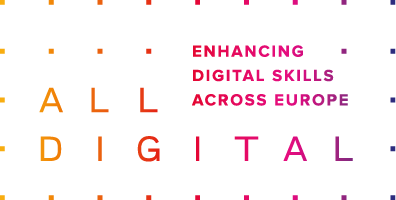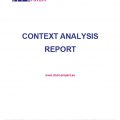
23 Dec DigCompSAT Report
23 Dec, 2020
The European Digital Competence Framework for Citizens (DigComp) provides a comprehensive approach for digital competence that can be adapted to many areas of life. The DigCompSat tool aims at testing empirically the set of DigComp 2.1 competences corresponding to levels 1 to 6 (foundation, intermediate and advanced). It can be considered that these are the most widely needed digital competence levels for most European citizens for their employment and career development.
The tool is designed with a methodological perspective that allows measuring of digital competence by the three elements – knowledge, skills and attitude – for each of the 5 DigComp areas. It also provides respondents with a self-reflection path on their digital competence.
The tool was piloted in Ireland, Latvia and Spain by 16-65 year old individuals. The selected countries represented the three country categories defined by the Digital Skills Index (DSI) in 2020 regarding the percentage of the no- and low-skilled population in the society: Ireland over EU average, Spain close to EU average, and Latvia below EU average.
The piloting provided reliable feedback of digital competence level for the 5 competence areas for different age and gender groups, education and digital skills levels.
The DigComp tool has sound psychometric properties, including the validity and internal consistency of the items. The tool is able to perform three main functions for test takers: measuring existing competences based on the respondents’ self-reflection; identifying competence gaps; and raising awareness. The conciseness of the items allowed a test-time of less than 30 minutes across different countries, age and educational background groups and genders.
This report describes the process and methodology taken to achieve the result. The annexes provide the statistical data and the Item Bank used. To achieve the Item Bank, a number of experts and users have been involved in iterative consultations and focus groups as part of the applied methodology during the initial design, validation and development process of the tool.





